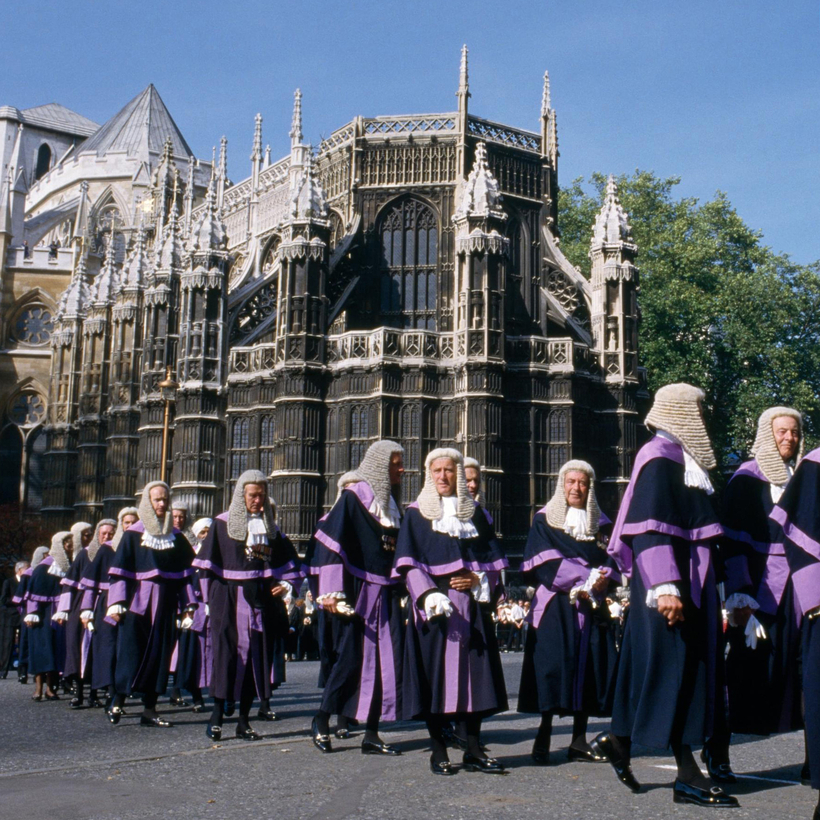At last! Three hundred and forty years after British barristers started wearing wigs, they’ve finally caught up with the modern age.
They’re not getting rid of wigs altogether. But the Bar Council, the barristers’ representative body, has now ruled that barristers have the right not to wear them. If a lawyer finds them “uncomfortable, or impractical,” they can now ditch them.
The decision came after Michael Etienne, a Black barrister with an Afro, was told in 2022 that he risked being held in contempt of court if he didn’t wear one. Some Black barristers said wigs were designed for white people’s hair.
Well, I’m a white barrister—although not a practicing one—and I have very little hair. So a wig should have been ideal for me.
But I hated my barrister’s wig. It was hot, sweaty, and smelly. Still, at least it was new. Long-serving barristers have wigs for decades that turn a nasty, nicotine-yellow color.

And they cost a fortune. The standard horsehair wig is $760 from Ede & Ravenscroft, London’s oldest tailor, founded in 1689, only four years after barristers started wearing wigs. A full “frizz top” wig costs $2,900. And then, on top of that, if you want a metal tin to carry your wig in, that can be another $430.
No wonder some barristers get their wigs secondhand—meaning the horsehair is even older, yellower, and smellier.
So why on earth do barristers wear them?
The practice dates back to the 17th century, when lots of men started wearing white wigs to conceal their baldness, thought then to be a symptom of syphilis. Charles II and Louis XIV popularized the wig look. Barristers took up the fashion with gusto, wearing full, shoulder-length styles.

But then, like all fashions, wigs went out of style—except with barristers. By the 1820s, everyone had dropped them except lawyers, bishops, and coachmen.
Even bishops and coachmen gave up on them in the mid-1830s. And so, for 200 years, it’s only barristers who’ve crazily persisted. They haven’t been needed in civil courts or the Supreme Court of the United Kingdom since 2007, but they are still used in criminal cases.
For decades, pro-wig campaigners have dreamed up retrospective justifications for their mad headwear.
They say wearing wigs lends trials a veil of formal solemnity. Really? In all other spheres, a wig is intensely mockable—a sign of deluded vanity. Vanity becomes solemnity only because wigs have been around for so long—in and of themselves, they look ludicrous.
Defenders also say wigs give anonymity because everyone looks the same in them. That’s supposedly crucial if a criminal wants to track down the barrister who prosecuted him.
Again, really? Do you fail to recognize someone because they’re wearing, say, a hat? And, in any case, the address of every barrister is available on their chambers’ (or office’s) Web site. In fact, their names are even listed outside the front door of each set of chambers in big, black letters. Not very anonymous.
I’m all for historical tradition. I just don’t see the point of paying $4,000 to sweat for it.
Harry Mount is editor of The Oldie


